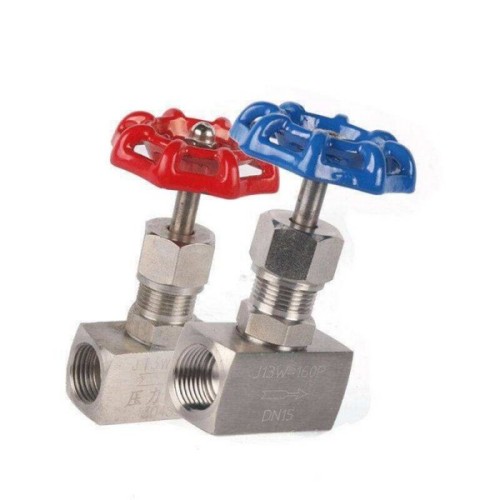pool foot valve
Understanding Pool Foot Valves A Comprehensive Guide
When it comes to maintaining swimming pools, many owners often overlook the importance of certain components that play a crucial role in the overall efficiency of the pool system. One such element is the pool foot valve. This small yet significant valve can greatly impact the functionality of your pool's circulation system, ensuring clean, clear water and a safe swimming environment.
What is a Pool Foot Valve?
A pool foot valve is a type of check valve typically installed at the bottom section of a pool's suction line. It works as a one-way gate that allows water to flow into the pump but prevents backflow when the pump is turned off. By maintaining water flow when the pump isn't running, the foot valve aids in preventing air locks and ensures that the pump can easily prime itself when started again.
The Importance of a Foot Valve
The primary function of a foot valve is to maintain the prime of the pump. When water is drawn from the pool, especially in systems that retrieve water from considerable depths, it’s crucial that the pump does not suck in any air. If air enters the system, it can cause the pump to lose its prime, rendering it incapable of circulating water. This can lead to overheating and damage to the pump.
Additionally, a properly functioning foot valve helps in maintaining the water level in the skimmer, which is vital for effective filtration. When the pump is off, the foot valve holds the water in the suction line, resulting in the pool's skimmer and basket maintaining their water levels, ultimately improving the efficiency of the filtration system.
Installation and Maintenance
Installing a pool foot valve can be a straightforward process with the right tools and knowledge. Typically, it is placed at the bottom of the skimmer line or directly within the suction line leading to the pool pump. It’s essential to ensure that the valve is the right size and type for your specific pool plumbing system.
pool foot valve

Regular maintenance of the foot valve is critical for ensuring continued performance. Periodically, you should inspect the valve for any signs of wear, damage, or debris that might impede its function. If you notice that the valve is not sealing properly or if water is flowing back through the line, it may need to be cleaned or replaced.
Common Issues
Some common issues associated with foot valves include
1. Leaking Over time, seals can wear out, causing water to leak back into the pool or air to enter the system. 2. Clogs Debris can accumulate, obstructing the valve and affecting water flow.
3. Corrosion Depending on the material of the foot valve, corrosion may occur, affecting its performance.
4. Misalignment If the valve is not fitted correctly, it may not function as intended, leading to problems with water circulation.
Conclusion
A pool foot valve may not be the most glamorous component of your swimming pool system, but it is undoubtedly essential for maintaining good water circulation and filtration. By ensuring your foot valve is in good working condition, you can prolong the life of your pool pump, improve the overall efficiency of your pool system, and contribute to a cleaner, safer swimming environment. Whether you’re a seasoned pool owner or a newcomer, paying attention to this small yet vital component can save you time, money, and hassle in the long run. Always remember that preventive maintenance today means a more enjoyable swimming experience tomorrow.
-
Reliable Hydraulic Valves for Efficient Fluid ControlNewsAug.29,2025
-
Reliable Electric Actuators for Industrial Valve AutomationNewsAug.29,2025
-
Premium Line Blind Valves for Secure Pipeline IsolationNewsAug.29,2025
-
Premium Electric Valves for Smart Fluid Control SolutionsNewsAug.29,2025
-
Precision Balanced Valves for Optimal System PerformanceNewsAug.29,2025
-
Heavy-Duty Flanged Butterfly Valves for Water SystemsNewsAug.29,2025
-
Reliable Wafer Type Butterfly Valve - Durable & Space-Saving DesignNewsAug.29,2025




